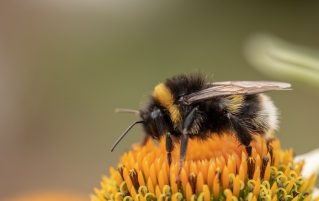

Electrolysis uses electricity to split ionic compounds into simpler substances. Metals are extracted and purified using electrolysis. You learn all about this in science lessons, but how much do you know about electricity and animals?
Electricity travels at the speed of light which is around 300,000 km/s or 671,080,888mph! In other words, pretty fast! A bolt of lightning can measure up to 3,000,000 volts, a police taser produces around 50,000 volts, and an electric eel can produce a shock of up to 860 volts! In fact, many animals rely on electric currents to communicate, find prey, and defend themselves. Even we generate weak electrical fields whenever we move our muscles. There are numerous species of fish which use electricity to compensate for their inability to see in dark and murky waters. Muscle cells have evolved over millions of years into cells called electrolytes. These help them detect weak electrical fields generated by prey. Animals which can detect electrical fields are electroreceptive.
Electrogenic animals, on the other hand, generate electricity and send it out of their bodies. For example, the electric eel – sending out high-voltage shocks to catch prey.
Although less common, land animals also use electricity. Up to 40,000 electricity sensors cover a platypus’ bill to help them locate prey. They use their bill like a metal detector, placing it in the water and moving it from side to side. Bumble bees use static electricity around flowers to communicate with each other. While collecting pollen, their wings move so quickly they create an electric field. Other bees detect this, using hairs on their body – and know the flower has already been visited, and the pollen taken, thus saving them time!
GCEE scientists – you need to understand how electrolysis works. For help with this, try our new guide “How to work with Electrolysis”. It includes explanations on the electrolysis of molten compounds, and aqueous solutions. Included are half equations, questions for you to try, and answers to check your understanding.
To see the guide click the picture below.
If you found this useful and think you would benefit from some additional help, please contact us.
